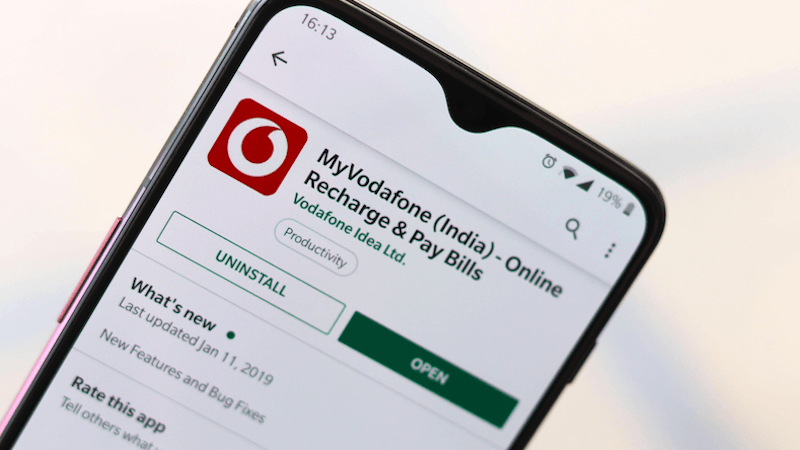Vodafone Idea has a debt of around Rs 1.2 lakh crore. Spectrum-related payments account for 80% of the current net debt of the company. “There is enough lever with the government. If the government believes in Digital India, they will have to believe in this (telecom sector) being a critical infrastructure and play on bringing the health of the sector back,” Sharma said. He also said competition in the market is expected to rationalise as the sector has reached the optimum level of competition. “When we talk about Digital India, it will depend on having great infrastructure, that is telecom infra. NDCP published last year very clearly calls this out…industry should no longer be treated as a revenue generating machine for the government but as critical infrastructure which is not the case today,” Sharma said. The National Digital Communications Policy (NDCP) promises a number of measures to rationalise levies in the sector, but it is yet to show results. Sharma also said low tariff has been hurting the national exchequer as well. “If the prices don’t go up, it is affecting government’s Digital India (initiative) because industry health is in bad shape. The government earns a heavy amount of revenue share from the industry which is nosediving. Exchequer is getting hurt,” Sharma said. Asked about the company’s interest in buying additional spectrum for 5G services, Sharma said it has the highest spectrum holding in the country and does not need any further spectrum as per current business strategy. “5G - the future technology - whatever benefits 5G can bring in the current ecosystem are already being put forward by the company. In technology, later you buy the better you buy,” he said. Sharma said the company is building 5G ready telecom network. “We have 5G like quality. However 5G ecosystem will take a long time to evolve,” Sharma added. According to ratings agency Crisil, the fortunes of the telecom sector may show some signs of revival this fiscal year, with revenue seen increasing by 7% on better pricing power and operating margin expanding by 350 basis points to 31%. According to telecom regulator Trai’s latest data, gross revenue (GR) and adjusted gross revenue (AGR) of telecom service providers have been on the decline, barring few exceptions, after it peaked to Rs 73,344.66 crore and Rs 53,383.55 crore in the April-June 2016 quarter with average revenue per user (ARPU) at Rs 140.88. GR and AGR (turnover from the sale of telecom services) of the telecom service sector declined by 3.43% to Rs 58,991 crore and 6.44 per cent to Rs 36,054 crore, respectively, in the three-month period ended December 2018. The government levies SUC, licence fee and other charges on AGR. Crisil estimates that the industry has lost around 20% of potential revenue which is equivalent to around Rs 40,000 crore. Fitch Solutions Macro Research said the Bharatiya Janata Party and Indian National Congress have not pledged any significant policy reform for the debt-ridden telecom sector. However, their popular poll promises may help the sector by pushing up consumer spending on communications services, it said.
